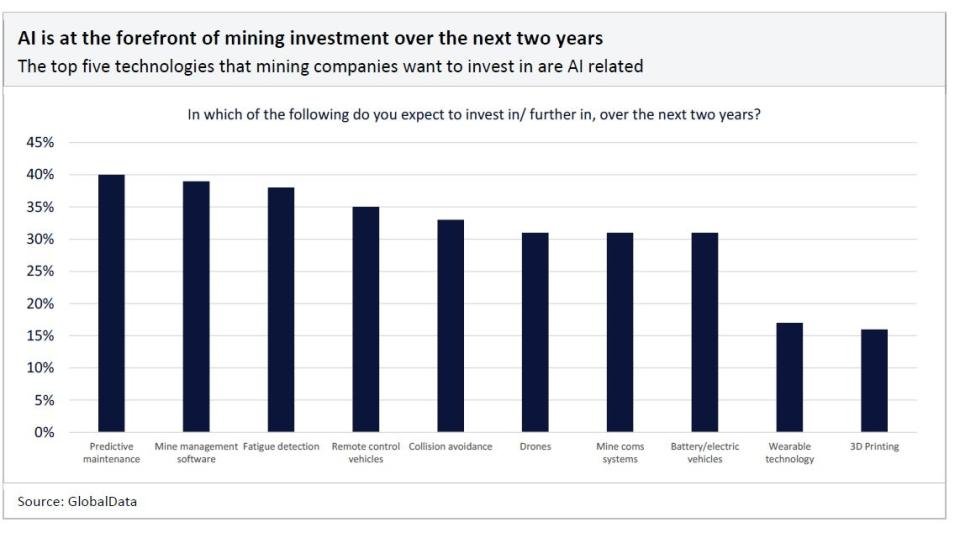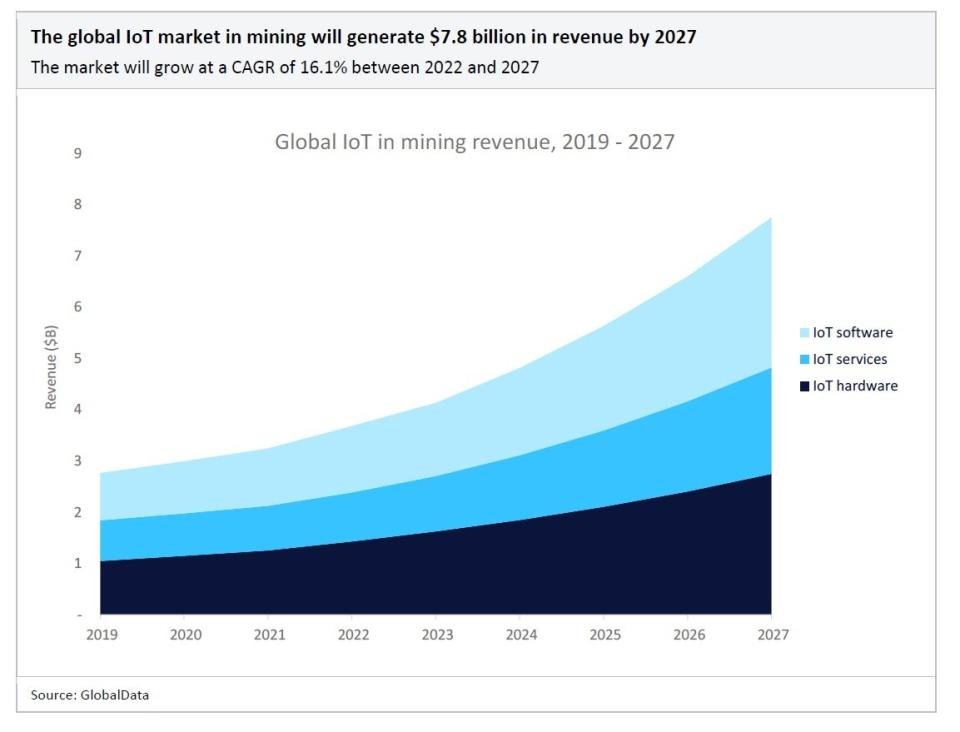Capital-intensive industries such as mining are often slow to adopt new technologies. However, this is beginning to change, and the mining sector continues to embrace technology to meet the needs of a rapidly changing world.
As mining becomes more complex and the need for efficiency, safety and efficiency increases, new digital technologies are changing the way mining operations are carried out. At the forefront of this technological revolution are companies such as Normet, a world leader in underground mining and tunneling solutions. With a strong focus on the development of advanced equipment and systems, Normet is helping to redefine the future of mining, integrating digital technology into all aspects of the industry to drive improved performance and environmental impact.
Automation and remote monitoring: A new era of operations
One of the most important developments in today’s digital mining is the rise of automation. Where workers once had to manage every part of heavy machinery by hand, much of this work is now handled by automated systems. These systems not only take repetitive tasks away but also enhance safety by reducing the need for human presence in hazardous areas.
Eric Stigzelius, who leads Normet’s related solutions business, emphasizes the importance of this change: “Devices are changing automatically. Together with other digital devices, they can help the employee to do their job efficiently and safely.” This process towards automation is complemented by the development of remote monitoring systems, which allow real-time monitoring of mining equipment from anywhere in the world. These systems are essential for predicting and preventing errors before they occur, greatly reducing time and maintenance costs.
“With real-time data, the service team can repair parts before major problems arise,” Stigzelius explains. This approach, known as predictive maintenance, uses data to predict potential problems, enabling timely intervention. By predicting when equipment is likely to fail, maintenance can be planned strategically, reducing the risk of unexpected breakdowns that could halt production.
While the performance of automated tools will depend on several factors, including which system is used and how employees are trained to use it, GlobalData’s. Development of remote and autonomous equipment in the underground mining sector, 2023 states that miners, OEMs and automation providers in the mining industry are reporting impressive benefits, including 10-30% productivity improvements, 50% reductions in operating costs, 40% increase % of machine usage, and up to 20% increase. throughout the process.
Stigzelius explains: “We did a study at a mine in India where we were providing remote monitoring services. “We compared the uptime of connected devices and non-connected devices in the same mine. Connected devices had higher uptime. ”
Advanced analysis: The Normet method
Although devices already have real-time monitoring sensors and data collection capabilities, this data is often not fully utilized. Machine learning can process and understand data in real time, using it to predict when a machine is about to fail and stop it before it does, thereby improving productivity. GlobalData’s 2023 survey of mining space technology adoption found that the top five technologies that mining companies want to invest in are related to AI, including predictive maintenance and space management.


The integration of advanced analytics in mining is one of the most transformative aspects of digitalisation, and the collection of quality data is essential. According to GlobalData’s Internet of Things Mining, 2023 According to academic research, the total market for IoT in mining will be worth $7.8 billion in 2027, growing at a compound annual growth rate (CAGR) of 16.1% from $3.7 billion in 2022.


Normet’s approach to analytics goes beyond data collection; it’s about turning data into actionable insights that drive better decisions. A prime example of this is Normet’s investigation of brake violations, which involved tracking the braking behavior of mining vehicles, particularly when traveling on winding or downhill roads.
Stigzelius says: “We were able to determine when the gear is being lowered, how much braking is being applied, and what the speed is. By analyzing this data, Normet is able to detect when users are over-applying the brakes. , which can lead to rapid wear and tear of materials.
Normet combined this brake data with oil quality analysis. Regular oil samples are taken from the equipment and separated according to their condition. The results revealed a clear trend: devices with frequent brake fluid showed a faster deterioration of oil quality. “We noticed that when the quality of oil was decreasing, there was more crime,” Stigzelius explains. This integration allowed Normet to predict potential equipment failures and encourage timely repairs, thereby preventing costly downtime and extending machine life.
Sustainable with smart technologies
Digital technology appears to be helping to make mining more sustainable. One such innovation is Normet’s smart scanner, which measures the thickness of concrete placed in the walls of tunnels and mines.
“By knowing the correct thickness, we can help workers reduce the actual amount of concrete used,” says Stigzelius. “This is a huge efficiency factor. It reduces CO2 emissions and also reduces costs for mines and tunnels.” This efficient use not only reduces waste but also helps reduce the carbon footprint of the mining process, a critical issue as industries around the world strive to meet strict environmental standards.
Overcoming challenges in digital mining
Although the benefits of digital technology in mining are evident, there are challenges that need to be addressed, and the biggest problem is getting a stable connection underground.
“We understand that underground networks may not always be reliable, so our equipment is designed to store data when there is no network and send it as soon as the network is available. available,” Stigzelius explains. “Furthermore, some mines prefer to have a local server to protect their network, and we also provide a solution for that.”
As the industry expands, there is an increasing demand for skilled workers who can manage and maintain these advanced systems. Normet supports its customers by providing training and technical assistance, ensuring that their teams are equipped to handle the needs of digital mining.
The future of mining is digital
As the mining industry continues its digital transformation, the role of companies like Normet becomes increasingly important. Technologies being developed and used today—automation, remote monitoring, digital twins, and advanced analytics—not only improve efficiency and safety; they are defining what is possible in mining.
Looking ahead, the future of mining is where data drives every decision, where tools communicate in real time, and where sustainability is the foundation of every operation. one. Normet is leading this change, providing the tools and expertise that will shape the mines of tomorrow. With the right technology and the right partners, mining companies can achieve new levels of productivity and sustainability, ensuring that they are well positioned to meet the needs of the future.
“Going into digital mining: Technology that will redefine the industry” was created and published by Mining Technology, a brand owned by GlobalData.
The information on this website is included in good faith for general information purposes only. It is not intended to amount to advice on which you should rely, and we make no representations, warranties or guarantees, either express or implied, as to its accuracy or completeness. You must obtain professional or professional advice before taking, or refraining from, any action based on the content of our website.
#Entering #digital #mining #Technology #redefine #industry
